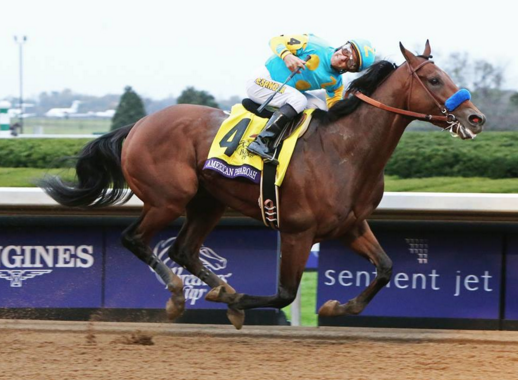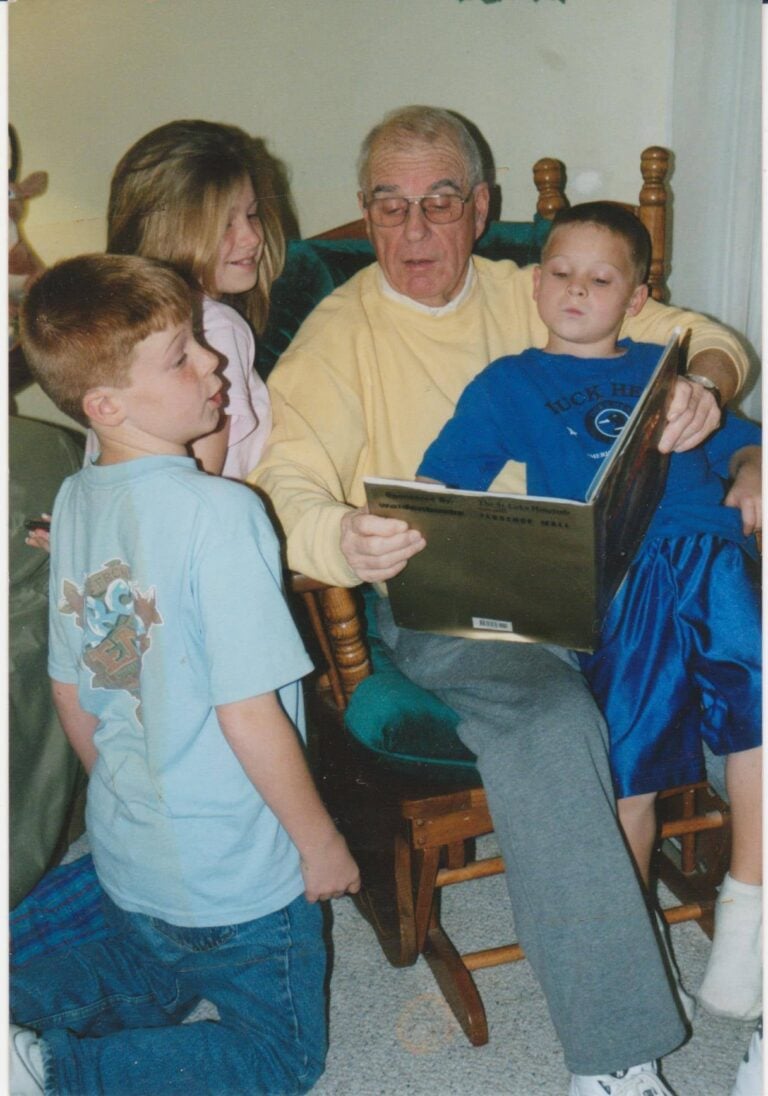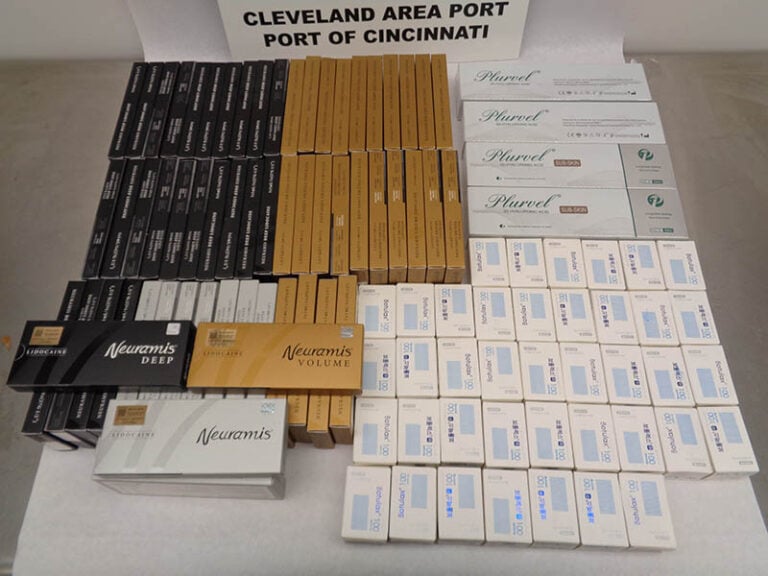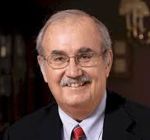For more than two centuries, give or take a couple of decades, horsemen from around the world have sat in their offices, libraries, and board rooms trying to decide what mating of a stallion and mare would produce “the closest thing we have seen to a living flame.”
That’s how the sainted turf writer Joe Palmer once described Man o’ War, who set the standard for American thoroughbreds in 1919-’20. He was the first thoroughbred to become a folk hero, his exploits recounted in major newspapers and on the new phenomenon of radio.
Since then, the alchemists known as breeders have come close a few times, but only a few. Names such as Count Fleet, Citation, Secretariat, and Seattle Slew came to be mentioned in the same breath with Man o’ War. All evolved from different backgrounds and roots, but each had something unique that elevated them into the realm of myth.
Nowhere has perfection been pursued more ardently than the Bluegrass region of Central Kentucky, home to the best-known and must successful breeding operations in the world. Even before 1875, when the first Kentucky Derby was run in Louisville, horsemen were plotting to breed a horse so fast and durable that you could take him anywhere and beat anybody.

In the 1930s, weary of the cost and trouble of shipping their best yearlings to the prestige auctions at Saratoga Springs, N.Y., the breeders decided to start their own track and sales operation just off the Versailles Road west of Lexington. They called it Keeneland, after the man upon whose land it was built, and they agreed that it would be a paradise devoted to quality across the board.
And so it came to be that on the windy and chilly afternoon of Oct. 31, a frightful day even for Halloween, all this history and tradition, all those hopes and dreams, came together for a few surpassing moments that will be treasured forever by everyone in the record crowd of 50,155, not to mention that millions who watched the international telecast of American Pharoah’s run to glory in the $5 million Breeders Cup Classic.
Like Keeneland, the Breeders Cup belongs to the Bluegrass. It was born in the brilliant mind of breeder John Gaines, who sold it to his colleagues and rivals. Since its inception in 1984, it has morphed into a two-day program of excellence that settles championships and defines careers. But it had never enjoyed the presence of a Triple Crown winner – Kentucky Derby, Preakness and Belmont Stakes – because nobody had run that particular table since Affirmed in 1978.
Until American Pharoah, that is. Until he came galloping out of trainer Bob Baffert’s barn and into the American psyche last spring. Never mind that his name his misspelled and that Ahmed Zayat, his breeder and owner, doesn’t exactly fit the image of the Bluegrass breeder nearly as well as Gaines, Col. E.R. Bradley, the Hancock family, Calumet Farm, or any of the pillars of the American racing establishment. Never mind that his sire, Pioneerof The Nile, or his dam, Littleprincessemma, had only modest success on the track,
Because now we know. Now the only argument is not whether he deserves the mantle of greatness, but where he ranks among the sports immortals. In 11 starts, he lost only twice – his debut in California and the Travers Stakes at Saratoga, where he got all the worst of it but still seemed a winner until Keen Ice overtook him in the final strides.
The businessman in Zayat whispered that maybe Pharoah should be retired after the Travers. He already had been syndicated for stud duty by a group that will stand him at Ashford Stud, the U.S. arm of Ireland’s Coolmore Stud. Why ask him to go to the well one more time, especially against a Classic field that would include talented older horses and the brilliant mare Beholder?
But the sportsman in Zayat prevailed. He opted to run in the Classic, and the gods of racing took it from there. After entries were taken the Monday before the race, Beholder suffered a training injury and was scratched. The morning of the race, the only other speed horse, Smooth Roller, was scratched.
As American Pharoah willingly went for the lead out of the starting game, the ghosts of racing’s past began to celebrate Halloween a little early. You could almost hear them whispering as he took the lead unchallenged. It was the first time a Triple Crown winner had raced at Keeneland after he achieved the sweep. It was a celebration of every breeder’s dream.
Of his seven rivals, the only one to mount even the semblance of a challenge was the longshot Effinex, who dropped into second in the early going and maintained that position until the end. Frosty, who likely cost Pharoah the Travers by pressuring him the whole way, was back in the pack this time. With Pharoah dictating his own pace, Keen Ice and Honor Code had no chance to make their trademark late runs.
And so Pharoah galloped along, untouched and unchallenged, splendid in his singular brilliance. He brought sunshine to a cloudy day, to quote the Temptations, and he brought joy to the hearts of everyone who knows how tough it is to breed the winner of a claiming race, much less run with the gods of the sport.
“Just watching him turn for home…I’ve never seen anything like him, never trained anything like him.” Said Baffert. “He is a gift from God. I’m just glad the Pharoah goes out the champ that he is. It’s going to be sad to see him go, but I think he’s done enough. He’s proved enough.”
Rarely in sport – or life itself, for that matter – does something turn out as perfectly as American Pharoah’s last race. Although the Breeders Cup was never meant to be at a track as small as Keeneland, and although there were misgivings about the track’s ability to handle the crowd, it was, in retrospect, the perfect venue for every horseman’s fantasy to finish his career.
The horse and the racing experience are valued so highly at Keeneland that the track was among the last in the world to adopt exotic wagering. It also was among the last to use a public-address announcer, the theory being that Keeneland patrons should be sophisticated enough to identify horses strictly by the colors of the jockeys’ silks.
No public address system was needed for the Classic. All eyes were on one horse, the one wearing the No. 4 on his saddlecloth. As he hit the wire 6 ½ lengths in front, having covering the mile and a quarter in a splendid 2:00.7 under a hand ride by jockey Victor Espinoza, the explosion of noise was a mixture of celebration and joy and satisfaction.
Only moments after the race, many Bluegrass breeders were no doubt back at their planning boards, doing the mental gymnastics that the science of breeding demands. But this time it was different. This time they had an image fresh in their memories, an image from Keeneland, the local racetrack they all call home. Who will be the next American Pharoah? Will we ever see his like again? What kind of sire will he turn out to be?
As far as how Keeneland handled the Cup, let’s put it in breeding terms: The even was by Excellent out of a Superb mare. By most accounts, the anticipated problems never materialized. Everything – parking, traffic, seating, concessions – was handled with the crisp efficiency for which Keeneland is known.
The crowd seemed reluctant to let American Pharoah leave the stage. He is this generation’s answer to Man o’ War, Citation, or Secretariat. As the first immortal of Facebook/Twitter/Instamatic generation, he surely has been photographed more than any horse in history.
As dusk gathered on an unforgettable Halloween at Keeneland, as Espinoza was doffing his cap and blowing kisses to the adoring crowed, the page already had turned in the Bluegrass and the breeders were thinking about tomorrow. That’s always been the thing about racing. It’s always about tomorrow and what lies somewhere over the rainbow.
Billy Reed is a member of the U.S. Basketball Writers Hall of Fame, the Kentucky Journalism Hall of Fame, the Kentucky Athletic Hall of Fame and the Transylvania University Hall of Fame. He has been named Kentucky Sports Writer of the Year eight times and has won the Eclipse Award twice. Reed has written about a multitude of sports events for over four decades, but he is perhaps one of media’s most knowledgeable writers on the Kentucky Derby.






















